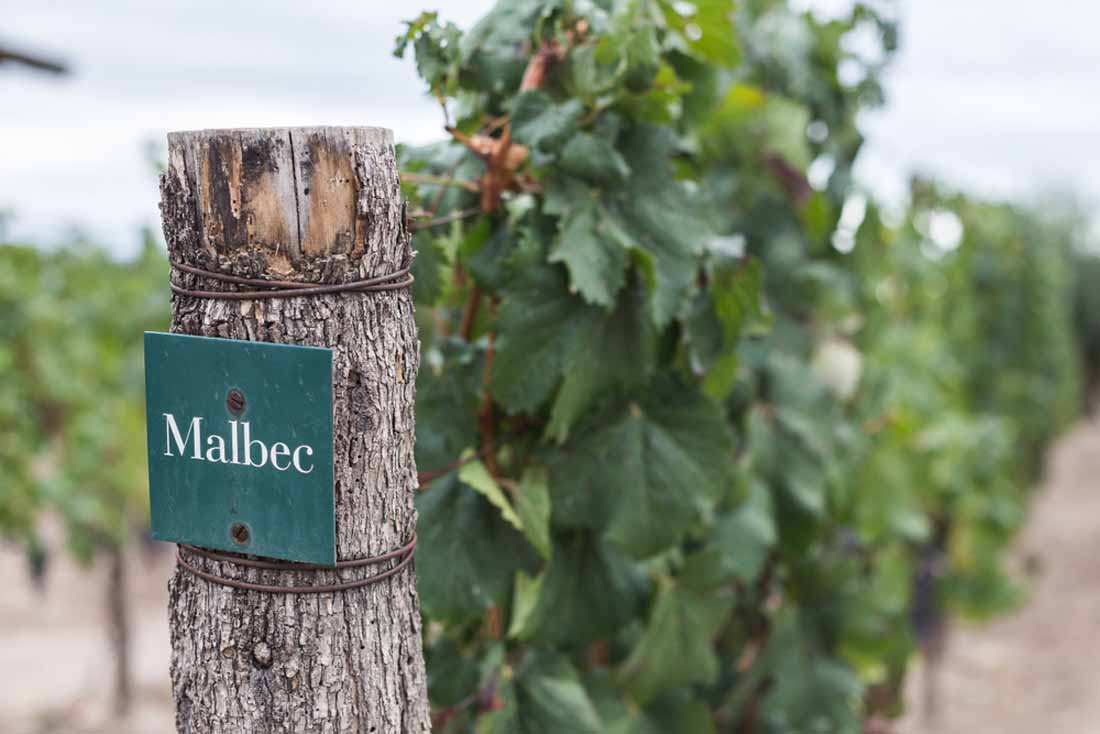
30 Jul The Differences Between Malbec And Merlot – Two Classic Red Wines
Malbec and Merlot are two classic wines that are popular throughout the world. Many people that consume these wines aren’t sure about the differences and believe there aren’t too many. However, these wines are not only different in flavour and body, but their origins and other aspects too.
Where Are These Wines Produced?
Malbec
This wine comes in certain variants based on which region it’s been grown. Malbec wine produced either in France or Argentina is the most prized. France is originally where Malbec was grown. Though it’s grown in Bordeaux, it has a more complex history. Before the start of this millennial, Malbec was primarily used in Bordeaux wine blends. The grape itself is much older and was first planted well before the 1800s.
But tending to this vine was quite a challenge, and the series of crop failures ensures that Malbec never earned the recognition it should have. It became more known only when it spread through trade routes to Argentina, and the country’s climate is perfect for growing this grape. Today, you can find Malbec in France and Argentina as well as many other regions throughout the world including California, Central Valley in Chile, and some regions of Australia, New Zealand, Italy, Canada, South Africa, Mexico, and Bolivia.
Merlot
This wine too has a long history in France that dates back to the 19th century. It was introduced around the same time that Malbec was introduced and the grape had a dark outer skin that earned it the moniker – “little blackbird”. This grape too was largely used in wine blends rather than on its own. Merlot blends continue to be popular even today, but it has become a popular wine just as Malbec has. The Merlot crops were almost wiped out by blight, similar to what happened with Malbec.
The government imposed a ban on growing this grape; it just wasn’t grown at all between the late 1950s to 1975. However, during this period, Merlot found its way across the globe and is arguably the most widely grown grape variant in the world today. It is grown in France in the Bordeaux region, Italy, South America, South Africa, California, Canada, Portugal, Spain, Europe and Asia.
The Main Differences
- Malbec has a medium-dry wine while Merlot is far dryer.
- Malbec is a more full-bodied wine whereas you can find Merlot in cheaper varieties too.
- Tannins are the oxygen and hydrogen compounds (polyphenols) that are part and parcel of the bark and fruit skin. Tannins can affect the wine because it lends tartness to it. Malbec has medium tannin levels, while the level of tannins in Merlot is medium-high.
- In terms of the flavour notes, there is a significant amount of variability based on the growing method and region. Both Malbec and Merlot have distinct notes of cocoa, plum and vanilla in varying strengths, but Merlot can also have hints of the savoury bay leaf and sweet cherry. On the other hand, Malbec has hints of smoky tobacco and mulberry. Malbec is often described as complex, smoky, and leathery. Merlot is often compared most closely with Cabernet Sauvignon’s flavour profile. It is less fruity and simpler wine with lower tannin levels than most other red wines.
- Wine finishing refers to the lingering flavour notes after you’ve swallowed the wine. The longer the wine finishes, the more lasting & prominent those notes will be. Aging the drink, oak aging, in particular, results in a more robust and long finish. Malbec and Merlot have a pleasant but relatively short finish, although Malbec’s finish is a bit smokier.
- Food pairings tell us which foods are ideal for serving with specific wine types and varieties. Pairings are determined by the flavour notes, body, tannin levels, and finish.
- Malbec’s flavour notes and its shorter finish complement cheeses and lean meats. Since it has softer tannins, it pairs very well with sirloin, lamb, skirt steak, flank steak, chicken, and pork. The latter and grilled steaks have a smokiness that complements Malbec’s smoky elements very well.
- Merlot pairs very well many various dishes, partly because there is a wide variation in its body and flavour notes depending on aging methods and growing region. But Merlot has pleasant, mild flavours and a short finish that makes it the perfect complement for dinner entrees. Some foods that fit naturally with it are Italian classics like roasted chicken with parmesan. If you prefer light-bodied Merlots, they pair better with casual foods and are amazing even with mild-cheese pizzas and quesadillas. The wines with bolder flavour notes pair well with seared salmon, Chorizo, short ribs, hamburgers, meatloaf, meatballs and other heavy dishes.
- Both of these are red wines, but there is some difference in their hues. Malbec has a more intense colour that can be best described as violet to inky red. It looks amazingly elegant when poured in a glass. The grapes are quite dark and inky and have thick skin which lends these wines their deeper hues.
- Merlot has a lighter hue, with a broader spectrum though, depending on where it’s grown. Merlot wines start at a lighter-medium to darker reds and have red and purple undertones. Its hue isn’t as inky as Malbec, which also means it has a lighter impression overall. However, you will find some deeper red varieties as well.
- Both these wines are widely consumed popular red wines. Malbec and Merlot blends are used to produce excellent red wine perfect for various occasions.
The Cost Aspect
Overall, both Malbec and Merlot are considered reasonably accessible, popular wines. While the Merlot is more popular and widely grown across the globe, Argentina Malbec is the most popular. Both these wines have some affordable options; but on average, Malbec comes at a lower price tag. Merlot wins hands-down when it comes to sheer variety.
Custom Wine Cellar Design
As you can see, there are some distinct differences in these wines on many counts. But both are amazing in their own way. Whether you like one or both of these wine varieties, making sure they age well is about storing them correctly. We at Signature Cellars are a leading company in the custom wine cellar design and build space. We can design and plan the perfect cellar with the right temperature and humidity control mechanisms.
The appropriate materials, rack styles and lighting are all crucial aspects of storing wines for the long term. Our team of experts is here to work with you and provide customised solutions that will be perfect for your wine storage needs. We create unique features that also blend in seamlessly with the overall styling and design of your home. We are creative and innovative in our approach and help with complete planning, conceptualisation and build of custom wine cellars.
To find out about how Signature Cellars can help you design and construct a wine cellar that can provide the perfect environment for your wines, while adding value to your home, call us on 1300 570 636 or email info@signaturecellars.com.au. Our experts will respond soon, to discuss your customised wine cellar project requirements and will help to get your project started as soon as you want.
Thanks for reading,
Neil Smallman
Signature Cellars
1300 570 636




No Comments